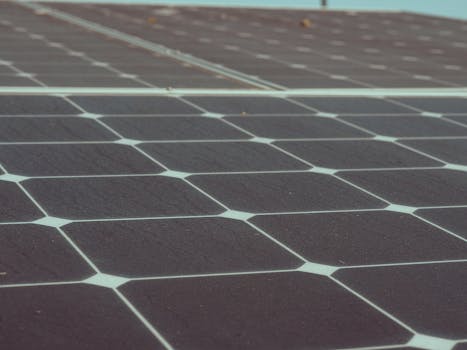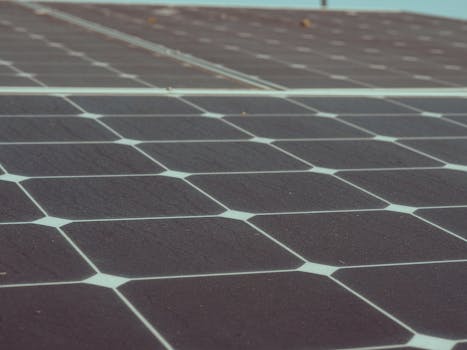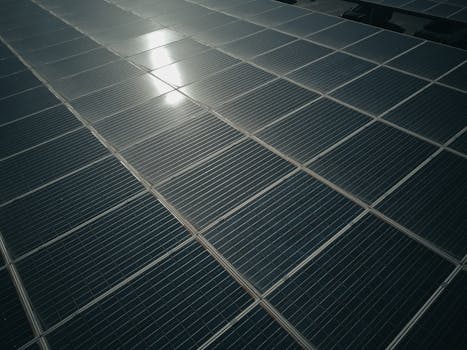
Sustainable Living: Emerging Trends for 2025
Sustainable Living

Sustainable living is a lifestyle that aims to reduce an individual’s or society’s use of the Earth’s natural resources and minimize harm to the environment. As the world grapples with climate change, environmental degradation, and social inequality, sustainable living has become an essential aspect of modern life. In this article, we will explore the emerging trends in sustainable living for 2025, focusing on innovative solutions, eco-friendly products, and green technologies that can help mitigate the environmental impact of human activities.
Emerging Trends in Sustainable Living

Several emerging trends are expected to shape the sustainable living landscape in 2025. Some of the key trends include:
- Rise of Renewable Energy Sources: Renewable energy sources, such as solar, wind, and hydroelectric power, are becoming increasingly popular as alternatives to fossil fuels. Advances in technology and decreasing costs have made renewable energy more accessible and affordable for individuals and businesses.
- Eco-Friendly Products: Eco-friendly products, such as reusable bags, refillable water bottles, and biodegradable packaging, are gaining traction as consumers become more environmentally conscious. Companies are responding by developing sustainable products that minimize waste and reduce environmental harm.
- Sustainable Fashion: Sustainable fashion is a growing trend, with consumers seeking clothing and textiles that are produced using environmentally friendly methods and materials. The fashion industry is shifting towards more sustainable practices, such as using recycled materials, reducing waste, and implementing fair labor practices.
- Green Building and Architecture: Green building and architecture are becoming increasingly important as cities and towns seek to reduce their environmental footprint. Sustainable building materials, energy-efficient designs, and green roofs are just a few examples of the innovative solutions being implemented in modern construction.
Benefits of Sustainable Living

Sustainable living offers numerous benefits, including:
- Environmental Benefits: Sustainable living helps reduce greenhouse gas emissions, conserve natural resources, and protect biodiversity. By adopting eco-friendly practices, individuals can contribute to a healthier environment and help mitigate the effects of climate change.
- Health Benefits: Sustainable living can also have positive impacts on human health. For example, using eco-friendly cleaning products and personal care products can reduce exposure to toxic chemicals and promote better well-being.
- Economic Benefits: Sustainable living can be cost-effective in the long run, as individuals and businesses reduce their energy consumption, waste, and resource usage. Sustainable practices can also create new economic opportunities, such as jobs in the renewable energy sector.
Challenges and Opportunities

While sustainable living offers many benefits, there are also challenges and barriers to adoption. Some of the key challenges include:
- Higher Upfront Costs: Sustainable products and technologies can be more expensive than traditional alternatives, making them less accessible to low-income households.
- Lack of Awareness and Education: Many individuals are not aware of the environmental and health impacts of their daily choices, and may not have the knowledge or skills to adopt sustainable practices.
- Infrastructure and Policy Barriers: Existing infrastructure and policies can create barriers to sustainable living, such as lack of access to renewable energy sources or inadequate public transportation.
However, these challenges also present opportunities for innovation, education, and policy change. Governments, businesses, and individuals can work together to create a more sustainable future by investing in renewable energy, developing eco-friendly products, and promoting sustainable practices.





